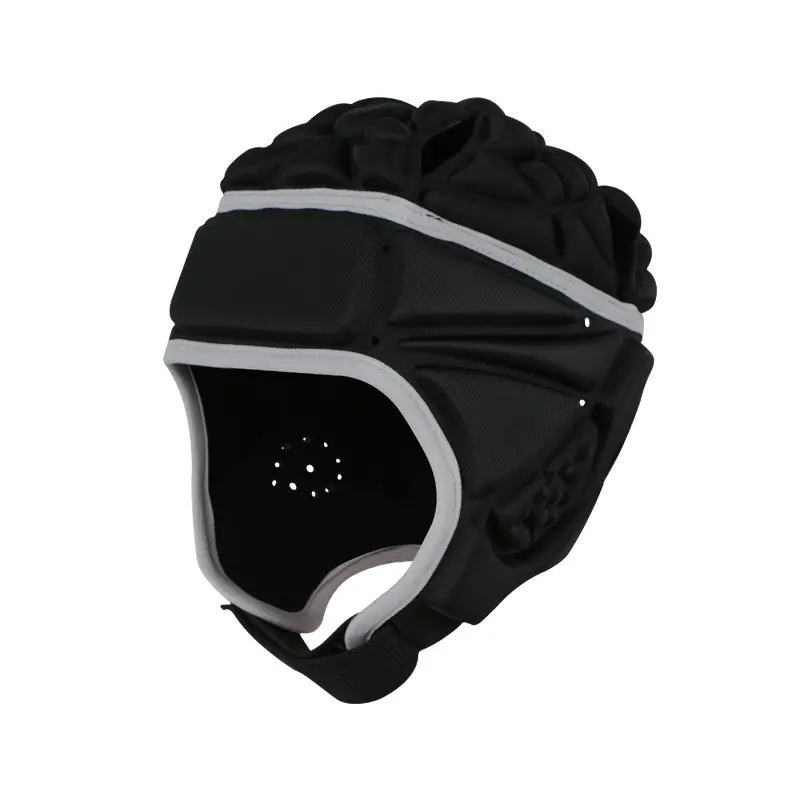The evolution of football helmets in the NFL (National Football League) is a testament to the league’s commitment to player safety. Over the years, advancements in design, materials, and technology have transformed football helmets into highly engineered pieces of protective equipment. Here’s a look at the evolution of football helmets in the NFL:
- Early Leather Helmets: In the early days of professional football, players wore leather helmets that provided minimal protection. These helmets were more symbolic than functional and offered limited defense against head injuries.
- Introduction of Hard Shell Helmets: In the 1930s and 1940s, hard shell helmets made of plastic and fiberglass were introduced. These helmets offered improved protection, although they were still a far cry from the sophisticated designs of today.
- Single-Bar Face Masks: The NFL allowed single-bar face masks in the 1950s, providing limited protection for players’ faces. This design persisted for several decades.
- Full-Face Helmets: Full-face helmets with a protective face mask became the standard in the 1960s. These helmets offered better protection against facial injuries.
- Introduction of Foam Padding: Foam padding within the helmet became more common in the 1970s, enhancing comfort and impact absorption.
- Air Bladder Technology: In the 1980s, helmets with air bladder systems were introduced, allowing players to customize the fit and comfort of their helmets.
- Revolutionary Riddell Revolution: In the early 2000s, Riddell introduced the “Revolution” helmet, which featured improved padding and design. This helmet aimed to reduce the risk of concussions and traumatic brain injuries (TBIs).
- Impact Sensors: Helmets equipped with impact sensors and telemetry systems began to emerge, allowing medical staff to monitor players for potential head injuries in real-time.
- Advanced Materials: Modern helmets are constructed from advanced materials such as carbon fiber, Kevlar, and high-impact plastic composites. These materials offer superior strength, durability, and impact resistance.
- MIPS Technology: Some football helmets have integrated MIPS (Multi-directional Impact Protection System) technology, which aims to reduce rotational forces on the brain during certain types of impacts.
- Position-Specific Helmets: Some helmet manufacturers have developed position-specific helmets designed to cater to the unique demands of different player positions, providing optimal protection and comfort.
- Custom Fitting: Helmets are now custom-fitted to individual players, ensuring a snug and secure fit while minimizing pressure points and discomfort.
- Injury Data Analysis: The NFL has been proactive in studying injury data and conducting research to improve helmet design. The league has implemented rule changes to reduce head injuries and continues to collaborate with helmet manufacturers to enhance player safety.
The evolution of football helmets in the NFL reflects a growing understanding of the importance of head protection and the league’s commitment to player safety. While today’s helmets are significantly more advanced, the quest for better technology and design continues as researchers and manufacturers work to reduce the risk of concussions and TBIs in the sport. Helmet technology, rule changes, and player education are all part of the ongoing effort to make the game safer for athletes at all levels.


